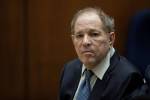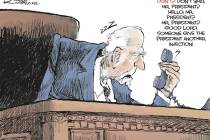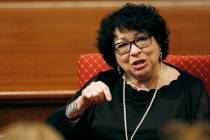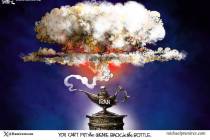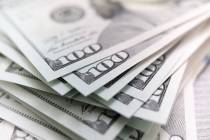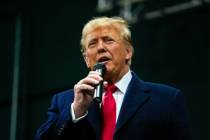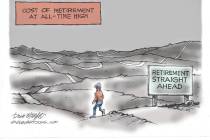COMMENTARY: Are Super Bowl ads worth the high price?
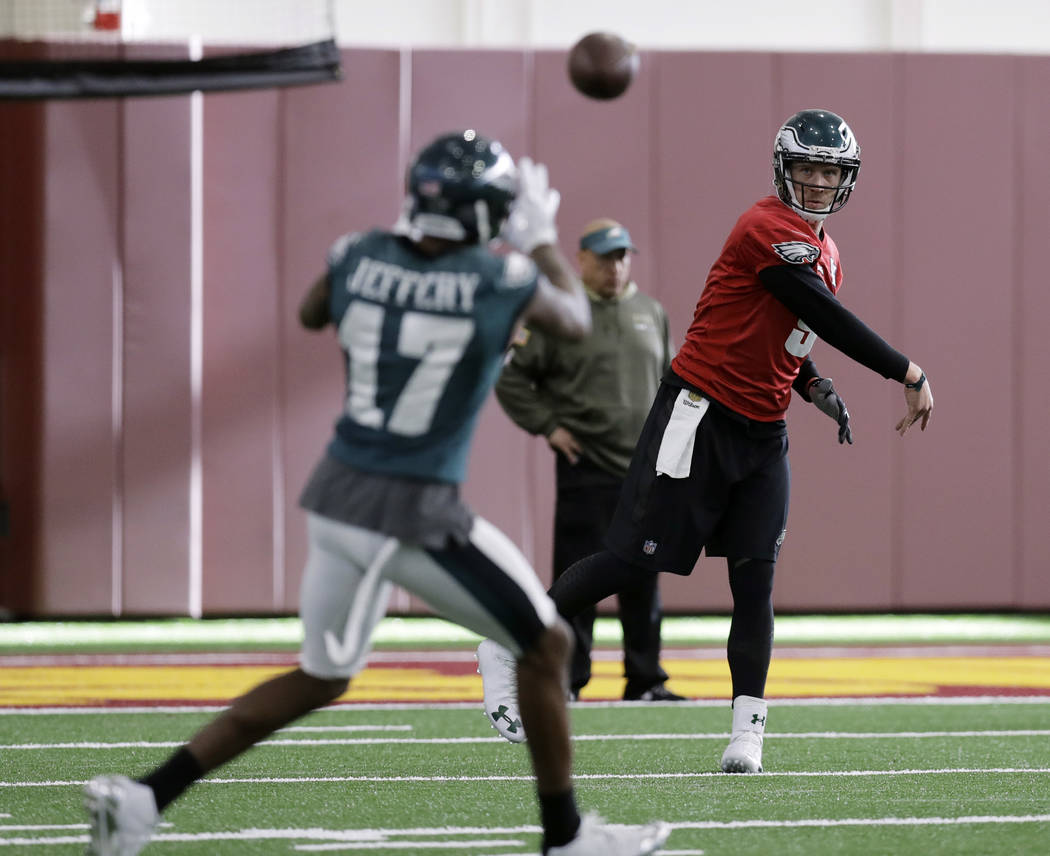
A 30-second ad that airs during this weekend’s Super Bowl, viewed by an estimated 100 million Americans, will cost more than $5 million. Does that amount to overpriced entertainment, or do these ads generate big sales? In many cases, it seems the ads more than pay for themselves.
Many marketing experts say Super Bowl ads are much less cost effective than other advertising, based in part on survey evidence. In one study, researchers interviewed consumers before and after a Super Bowl and found that very few ads led to increased purchases or even boosted viewers’ intention to buy.
However, measuring the effectiveness of advertising is difficult. And it may be especially hard when it comes to Super Bowl ads — as Randall Lewis of Google and Justin Rao of Microsoft have suggested with their “Super Bowl Impossibility Theorem.” Among other problems, surveys may not accurately reflect what consumers actually wind up buying.
But in two recent studies, economists used a clever approach to overcome these challenges, and both found that Super Bowl ads can be more effective than marketing experts assume.
The researchers made use of two facts about the Super Bowl: The ad time is sold well before anyone knows which teams will be playing, and viewership ends up being about 20 percent higher in places with a team in the game than it is elsewhere. This enables a more insightful analysis of ad effectiveness: If sales increase disproportionately in cities with home teams playing, it’s plausible that the ads caused the increase.
The first analysis looked at movie ads. The economists examined the effects of Super Bowl ads from 2004 to 2014 for 70 movies that were released within six months of the games. They assessed opening-weekend revenue as well as Google searches related to the movies — which are a good predictor of actual revenue.
Their stunning result: The average additional opening-weekend revenue generated by a Super Bowl ad amounted to $8.4 million, at a time when the average ad cost about $3 million. The incremental revenue may have been even higher, since the calculation did not include ticket sales after the opening weekend, let alone home purchases or other marketing channels. The researchers also point out, however, that movie studios probably have a limited number of offerings that are commercially promising enough to justify a Super Bowl ad. That may explain why there are usually only about a half dozen movie ads per game.
The second study found that Super Bowl ads for beer and soda also generally pay for themselves. One beer manufacturer earns almost $100 million more because of its ads — far more than what the ads cost. If two beverage competitors advertise, however, the effects cancel out so that neither one gets additional sales.
This new research suggests there’s good reason Super Bowl ads are so expensive. If the prices keep rising, they could presumably reach a point where the marginal ad is no longer profitable. But perhaps the marketing world’s conventional wisdom — that the ads don’t work — pushes back against increases that are too steep, and allows surprisingly strong returns to persist.
Peter Orszag is a Bloomberg View columnist. He is a vice chairman of investment banking at Lazard. He was President Barack Obama’s director of the Office of Management and Budget from 2009 to 2010 and the director of the Congressional Budget Office from 2007 to 2008.







